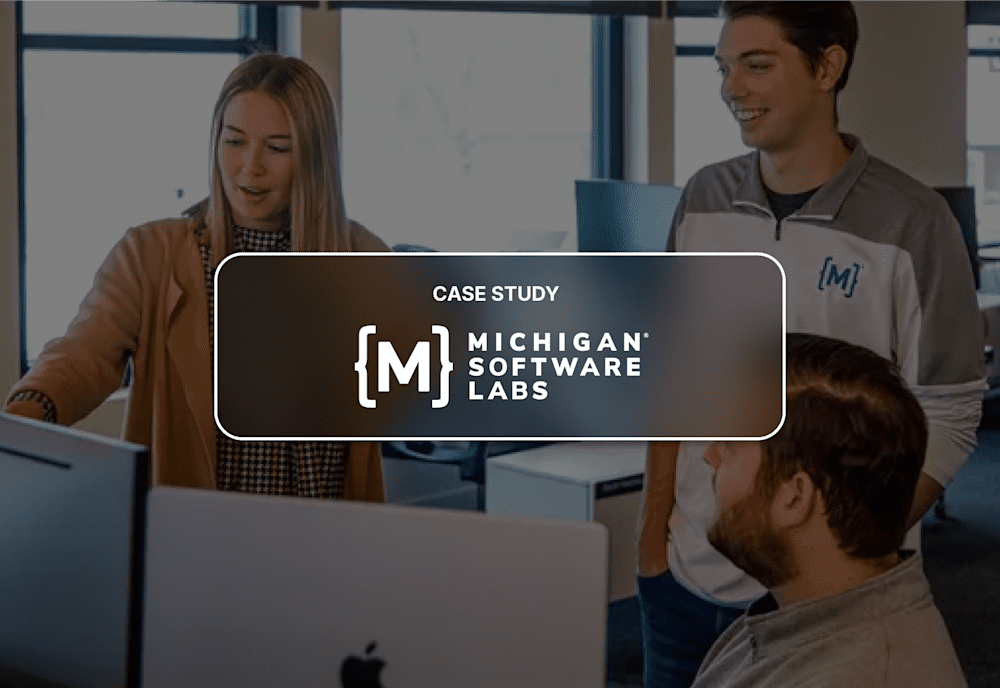BYOD management
SimpleMDM supports bring your own device (BYOD) setups. Through Apple’s User Enrollment, organizations can seamlessly administer user-owned iOS, iPadOS, and macOS devices while keeping personal and company data separate.




SimpleMDM for BYOD management
SimpleMDM makes it easy to manage BYOD devices. Gain oversight to secure your environment while respecting user privacy. Provide work-related apps or accounts in a separate file system — without restricting the user, viewing sensitive information, or wiping the device. With SimpleMDM, enjoy peace of mind knowing that company data is secure on personal devices.
Vital BYOD management features you’ll find in SimpleMDM
SimpleMDM includes robust features to streamline every aspect of your BYOD program — from enrolling devices to separating corporate data from personal information.
Flexible enrollment
Bring your own device demands streamlined enrollment that’s easy for the end user to complete. SimpleMDM offers several convenient options compatible with BYOD device onboarding.


User Enrollment
Leverage User Enrollment to gain permissions to oversee business-related apps without giving yourself access that could infringe on employee privacy.
Enrollment by link
Send a link via email or text, or create a scannable QR code for the user to download and install the enrollment profile on their personal device.
Account-driven enrollment
Let users enroll their own devices from the Settings app via account-driven enrollment. Just give them an organizational Managed Apple ID, and they’ll take care of the rest.
App management
SimpleMDM supports a wide range of app management functions, allowing you to distribute and manage corporate apps on a user’s personal device.


Managed Apps
Install, update, and delete applications managed in SimpleMDM. Specify if data remains on the device after it’s unenrolled from the MDM, update apps when new versions are available, and more.
Open In settings
Enhance document security and control by configuring Managed Open In settings, allowing only managed app documents (those installed by the MDM) to be opened in Managed Apps.
Extensible SSO
Configure the Extensible Single Sign On profile to require the user to sign in to a cloud account to authenticate for automatic access across all Managed Apps without needing to log in repeatedly.
Containerization
Isolate corporate data from personal data on the same BYOD device to protect sensitive information without infringing on employee privacy.


Data protection
Keep company data where it belongs: in your business apps. Restrict it from leaving those apps to enhance your data security.
Employee privacy
Protect your employees’ privacy by managing business-related content separately, without any control over personal apps and data.
Simplify BYOD
SimpleMDM is straightforward, powerful, and flexible — all the ingredients you need to streamline processes and save time.
BYOD management FAQs
What is BYOD management?
BYOD mobile device management (MDM) entails overseeing corporate assets on an employee-owned device. An employee may occasionally (or frequently) use their personal device for a work purpose. Without effective MDM software that supports BYOD setups, this can expose your organization to unnecessary risk. BYOD management reduces the risk by giving you some oversight over corporate apps and data without far-reaching control over the device itself.
What’s the difference between BYOD and MDM?
BYOD refers to the practice of allowing employees to use their own preferred device for work, while mobile device management is the process of overseeing endpoints — regardless of ownership — in an enterprise environment.
More advanced MDM solutions, like SimpleMDM, also incorporate enterprise mobility management (EMM) and unified endpoint management (UEM) features, such as mobile application management and advanced patch management. This provides a more comprehensive, user-centric approach appropriate for both BYOD and corporate-owned device management.
Is BYOD a security risk?
If done carefully, bring your own device (BYOD) does not pose significant security risks. If done incorrectly, you might face data breaches, compliance issues, malware, etc.
Luckily, implementing the right BYOD security best practices helps keep your organization safe and your users happy. A comprehensive BYOD policy, a high-quality mobile device management solution, and user training can set you up for BYOD success.
Ready to get started?
See how easy Apple MDM can be.
Try SimpleMDM free for 30 days — no credit card required.


